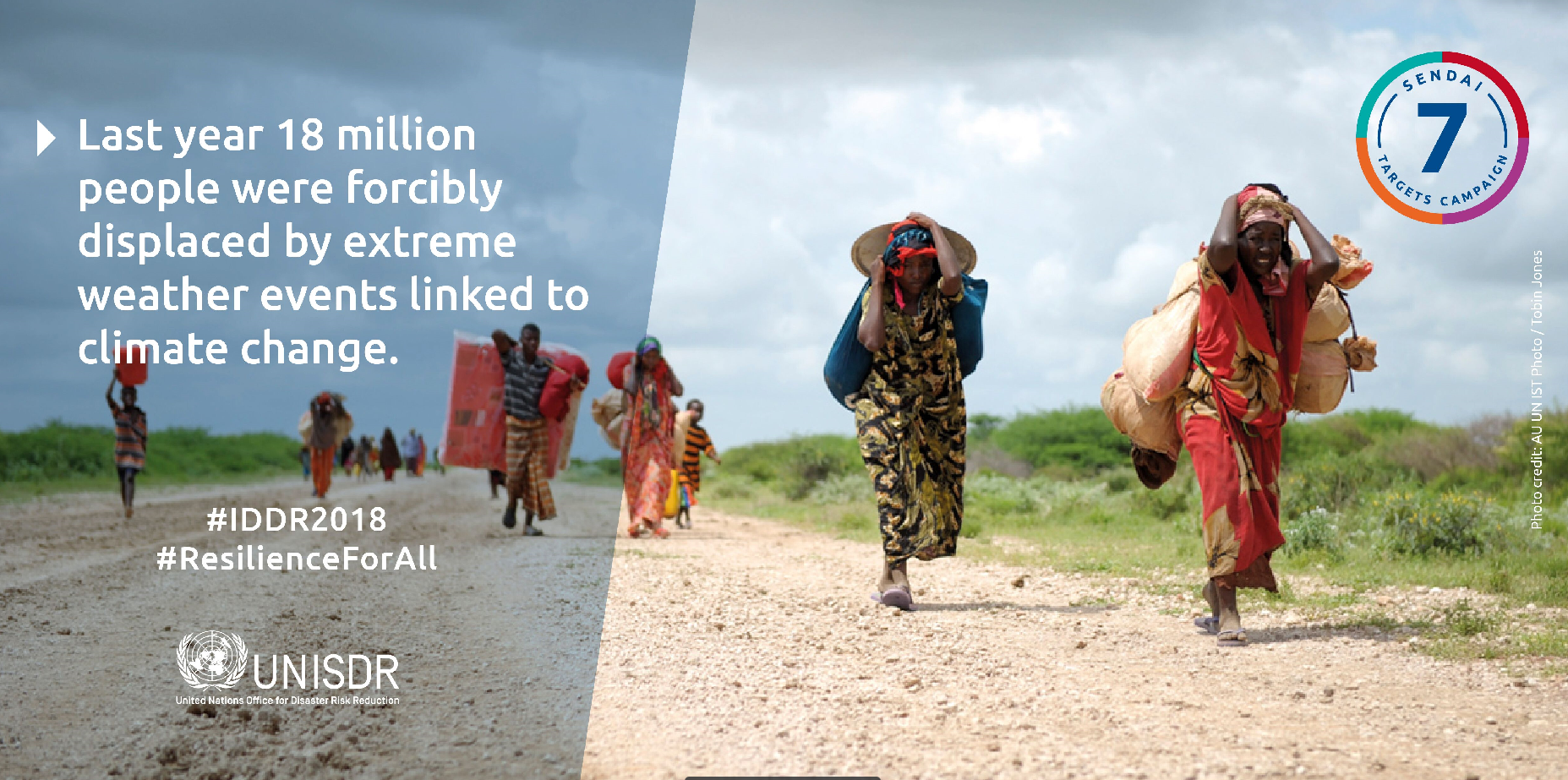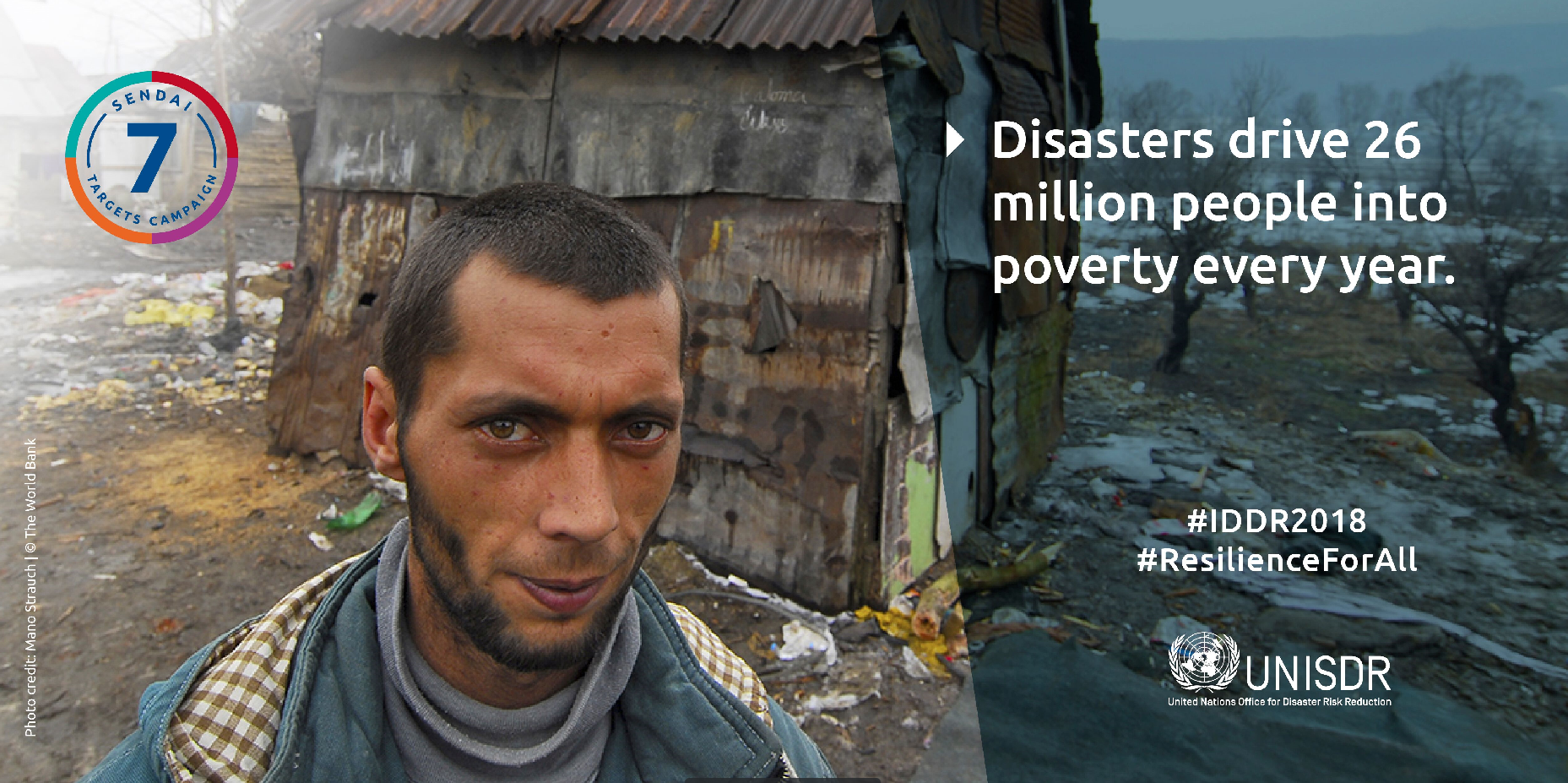News
Using science and collaboration to help Pacific neighbours reduce disaster risk
Published:12 October 2018
Using science and collaboration to help Pacific neighbours reduce disaster risk
In 1989, the United Nations General Assembly called for the International Day for Disaster Reduction to help build a global culture of risk-awareness and disaster reduction.
Almost thirty years later, the International Day for Disaster Reduction is marked every year on 13 October to raise awareness of this global issue, and what can be done, to decrease the risk and impact of natural disasters to communities.
This year, the focus for International Disaster Risk Reduction Day is reducing the economic losses from disasters. The United Nations estimates that the impact of these events to the global economy is over a trillion US dollars annually. Preventing these losses has the power to reduce poverty and transform lives.
When countries are better prepared for disasters, they reduce the risk of impact to property and life. Not only does this save lives, it means vital funds are spent where they are needed most - on health, education and other essential services - instead of disaster recovery.
The Department of Foreign Affairs and Trade (DFAT) and Geoscience Australia are working together to help manage the risk of disasters affecting our neighbours and improve their resilience.
Geoscience Australia is currently working with Papua New Guinea to install Raspberry Shakes - small, cost effective, and easy to install seismographs - around PNG to help the country improve their seismic detection network.
This innovative technology has the potential to densify their earthquake detection network, meaning PNG can better detect earthquakes, including their precise magnitude and the location of the epicentre. This vital information provides more certainty of which earthquakes have the potential to cause a tsunami, so they can issue a tsunami warning when needed.
DFAT and Geoscience Australia are also providing training and technical expertise to strengthen disaster reduction and disaster management in the Pacific Island region. This collaborative project with the Pacific Community and the Work Bank is engaging with national and local disaster management officers who plan, prepare and respond to natural disasters.
The project will develop and provide training on a tool to assist disaster managers in Pacific countries to reduce logistical issues faced when rapidly responding to disasters across geographically dispersed island countries.
Called "PacSAFE", the tool combines data from technical specialists, local governments and communities to provide insights into the likely impact of future disaster events, the requirements for response, and action checklists for emergency managers.
Should an event occur, PacSAFE will allow disaster managers to be better prepared to respond and conduct consistent damage and needs assessments.
For more information about PacSAFE see Geoscience Australia's website.
Contact:
Phone:
Email:






